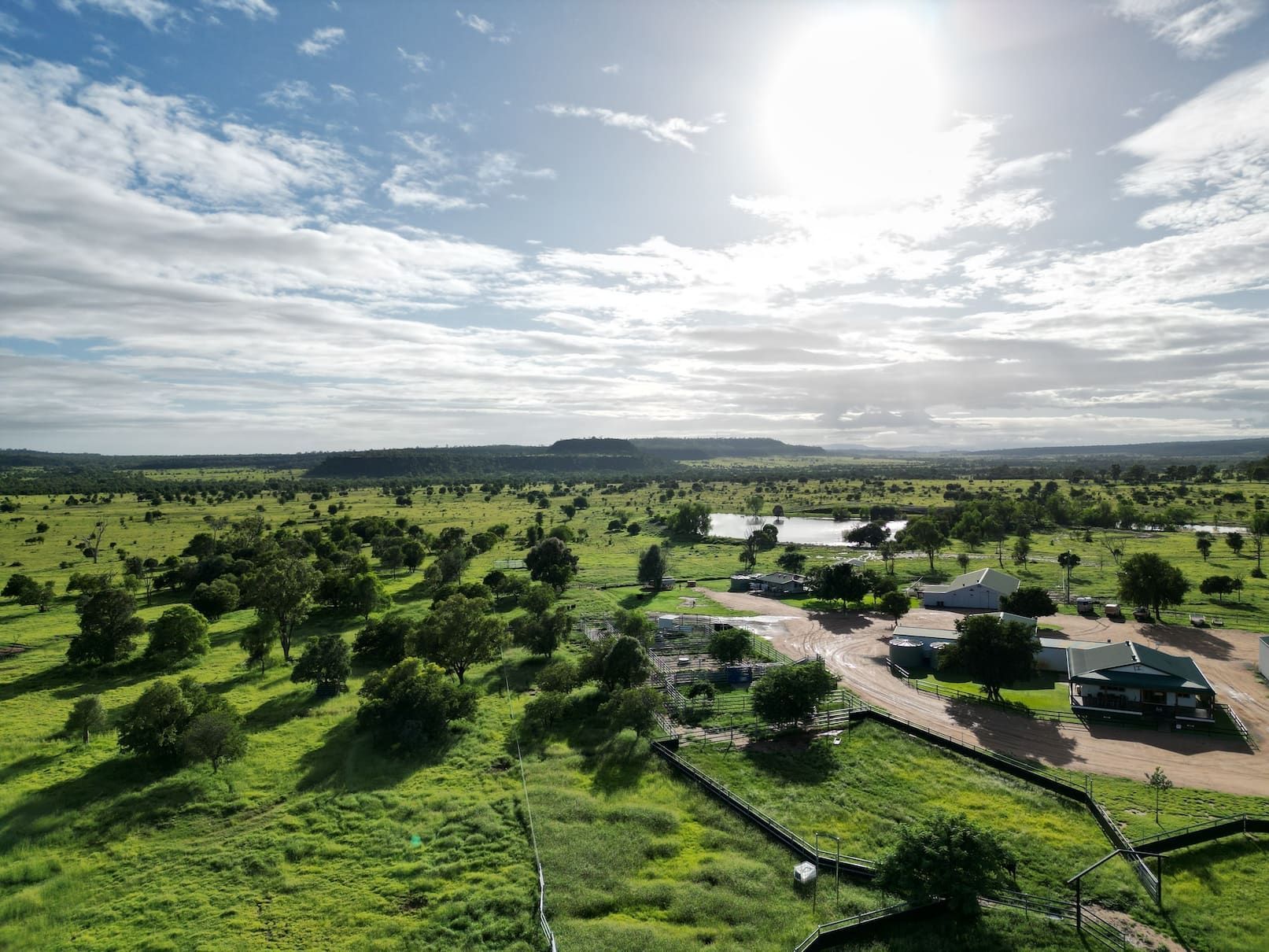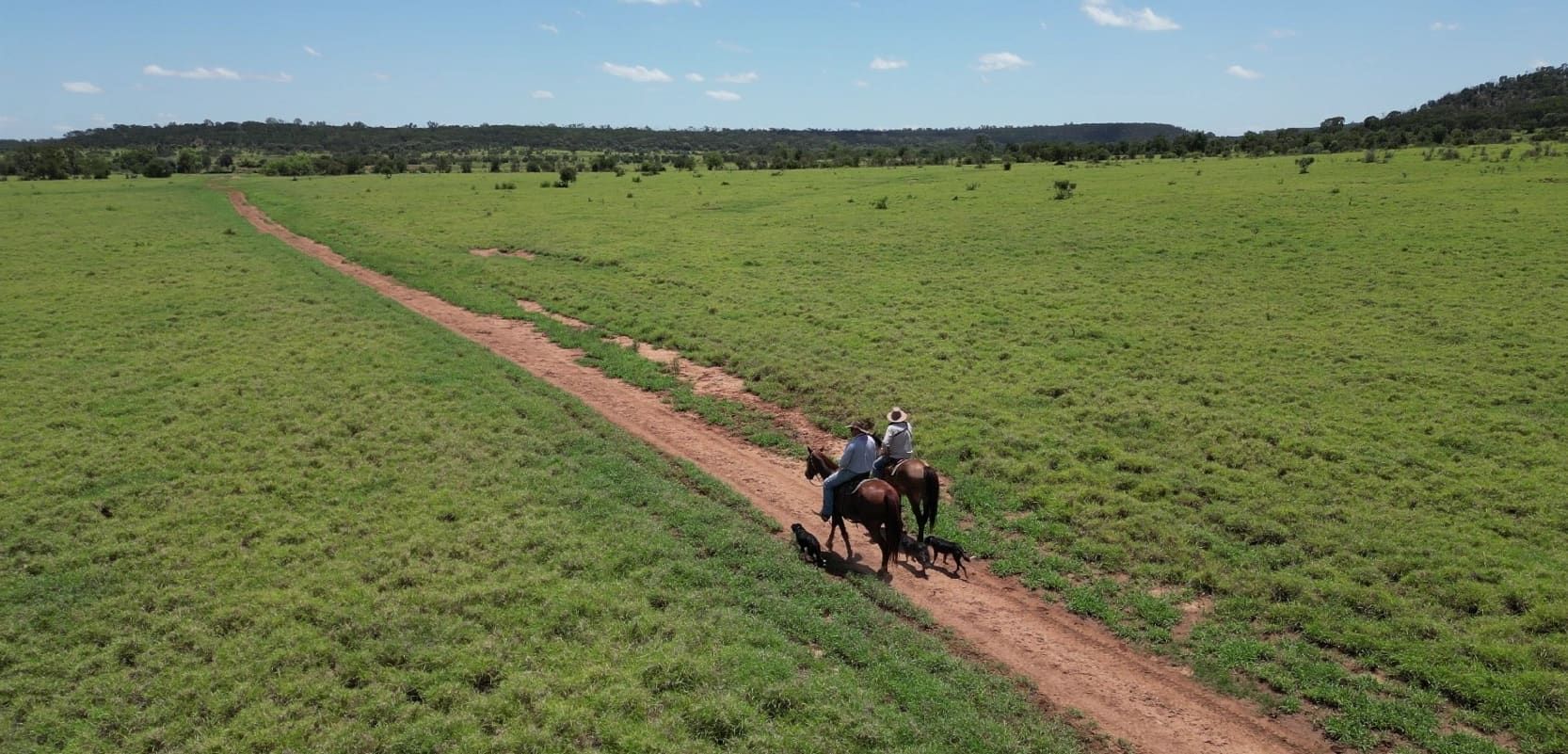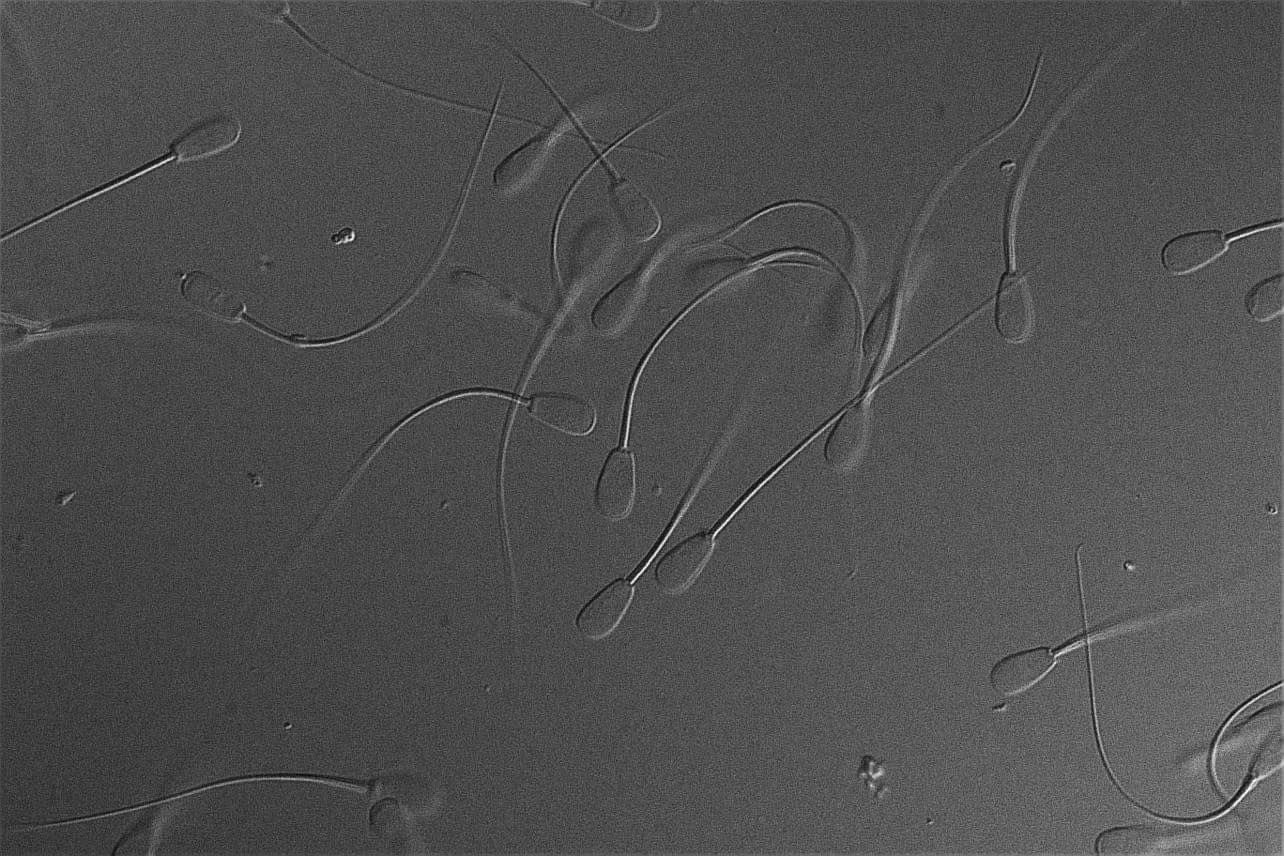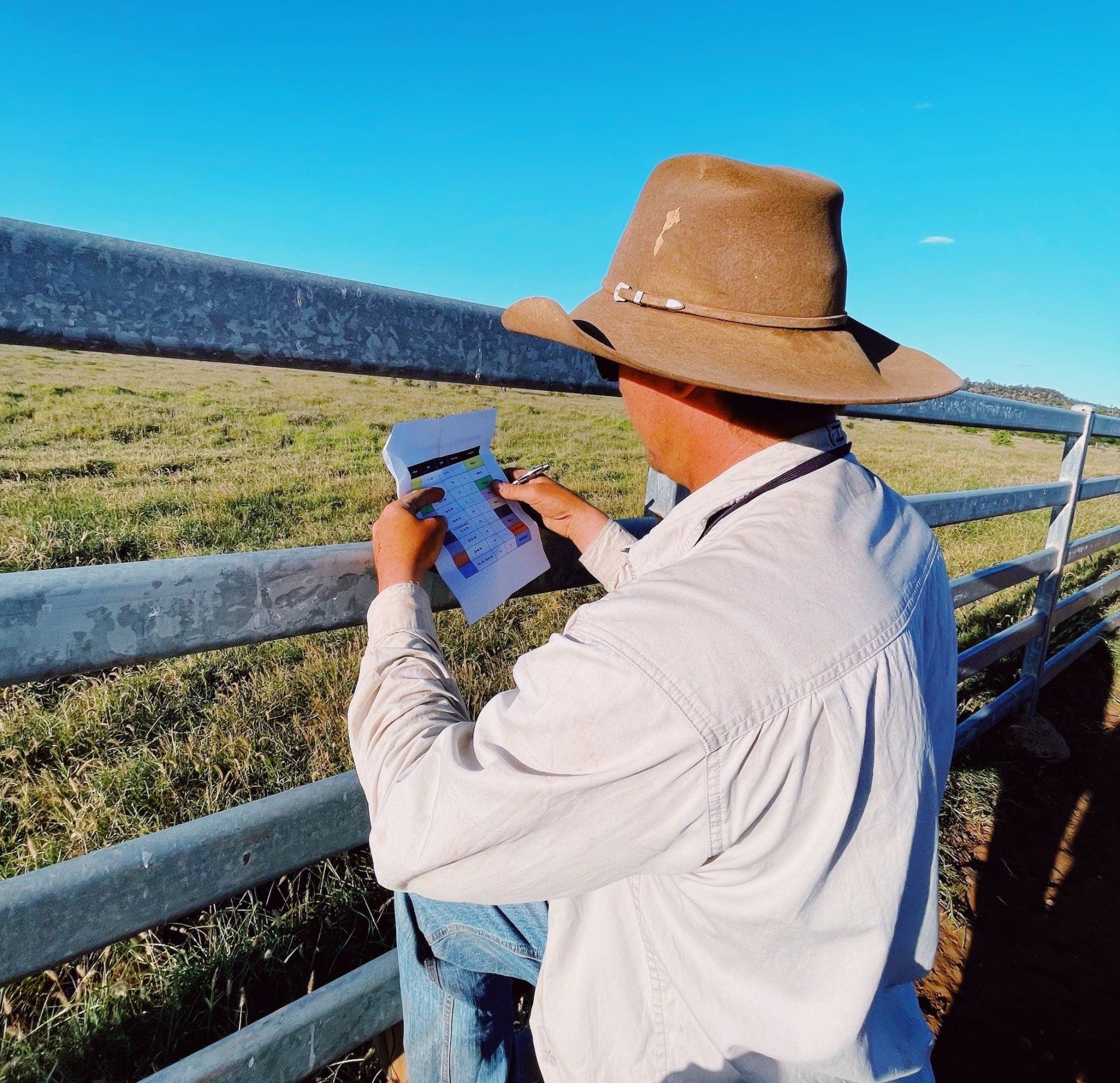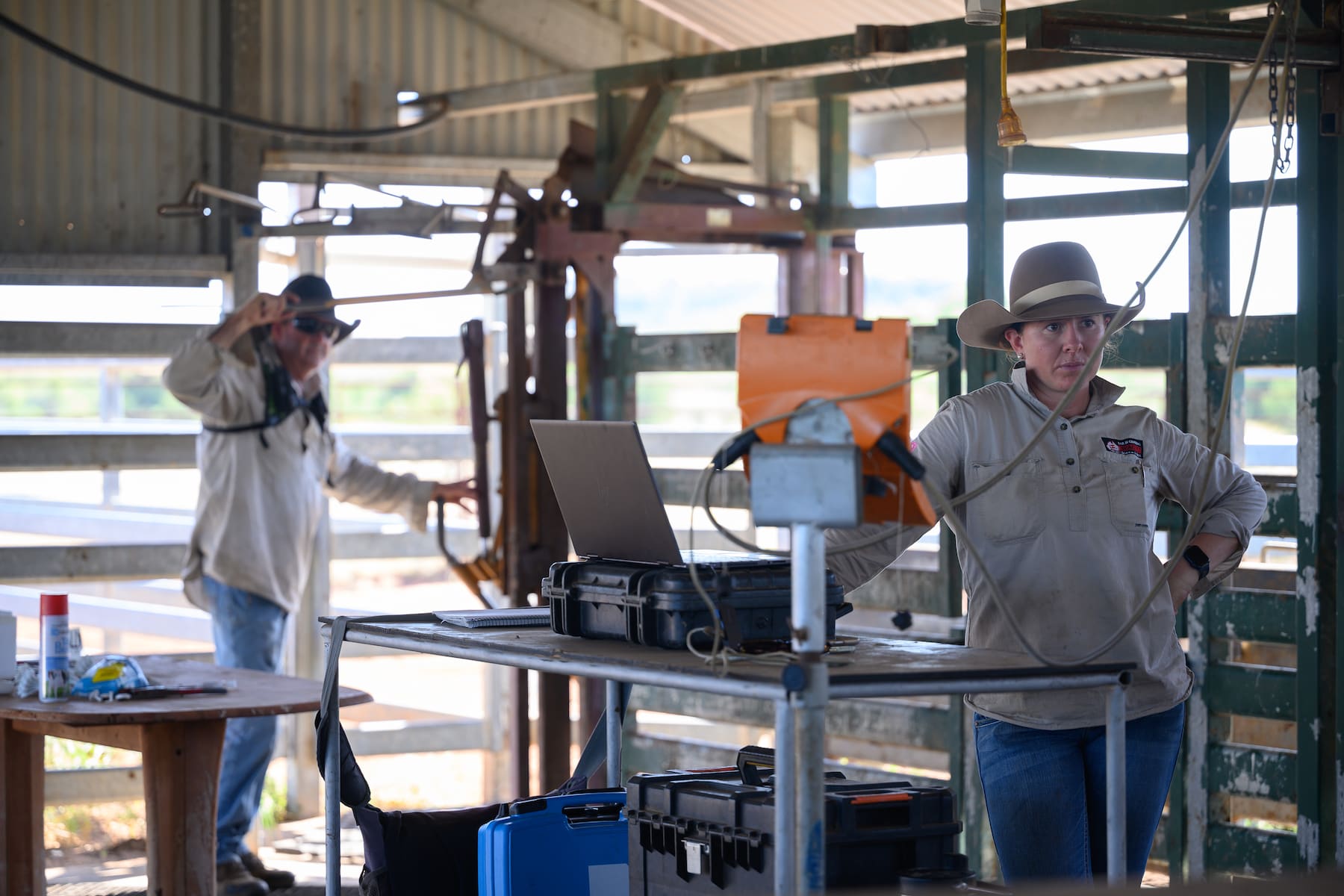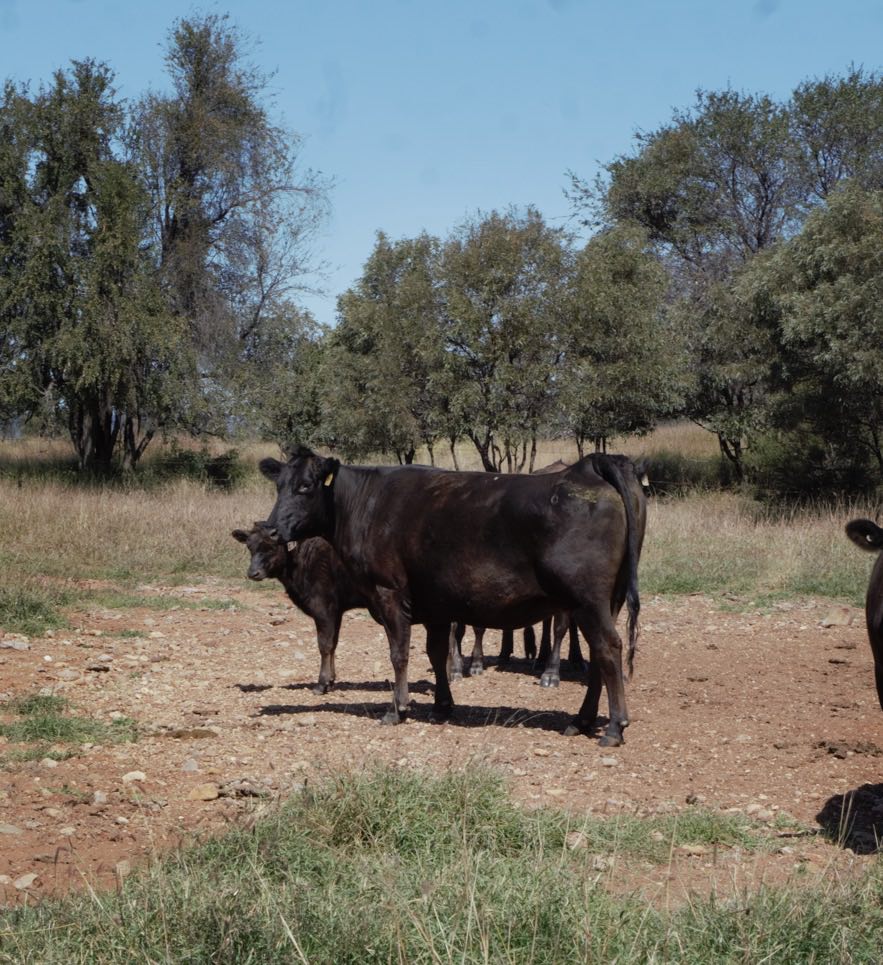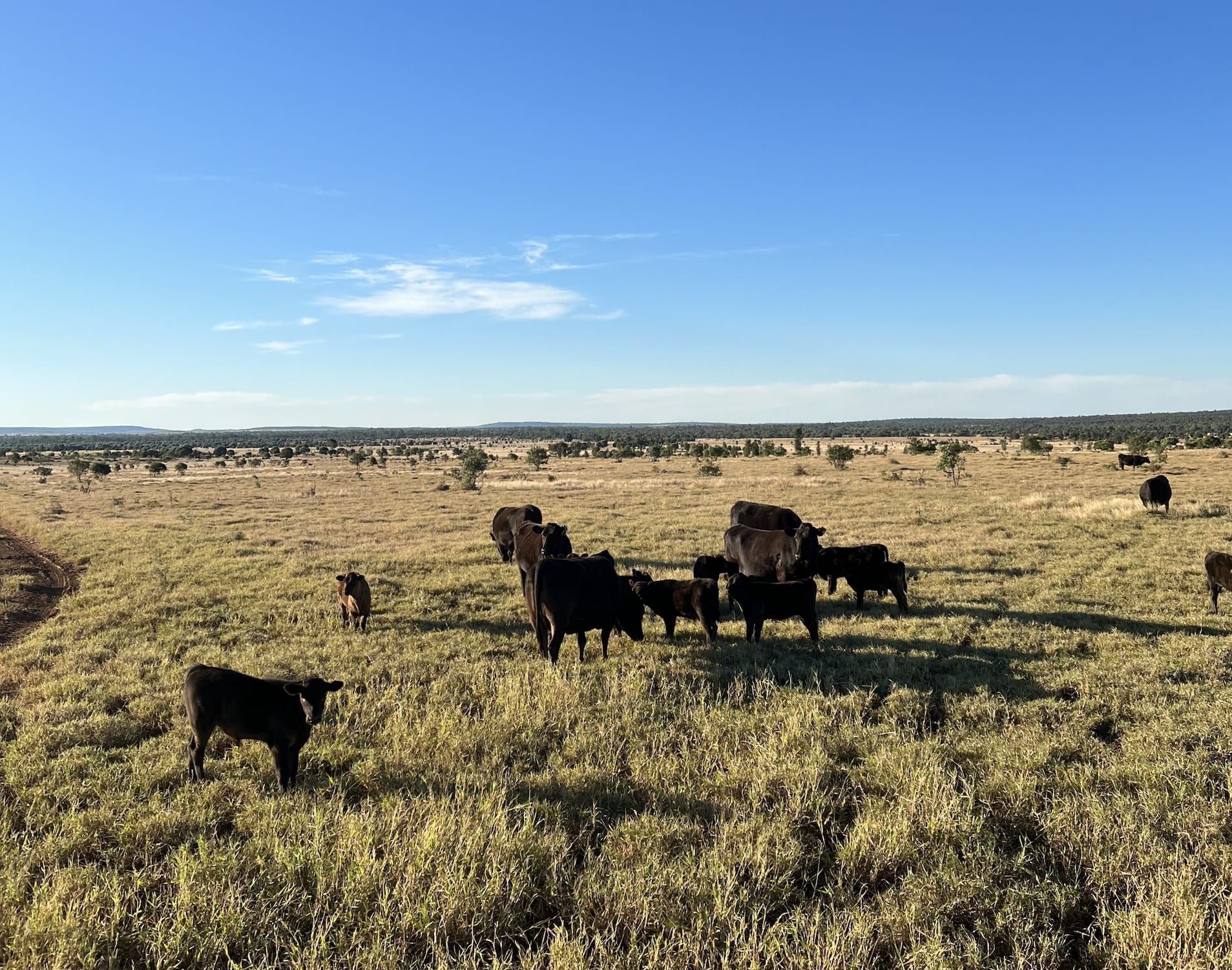The method to choosing your recipient cattle…
Recipient cattle used in embryo transfer programs, vary from herd to herd and can be difficult to calculate. The appropriate sorts of recipient cattle in our herd differ, and their importance is significant, in some opinions more than donor cattle, since this is the animal that’s required to conceive the embryo, carry it to full term, and raise the calves (Lamb & Mercadante, 2017).
The process of choosing recipients can be treated the same as selecting high quality replacement heifers. They need to be fertile, structurally sound, and have zero abnormalities as far as their reproductive structure goes. This can be estimated by a critical judgement of their entire body condition – for instance making sure they have good teeth and eyes, are less than 8 years of age, a good udder, and a healthy mature cow weight.
The Colorado State Universities Journal on ‘Applications of Embryo Transfer and Related Technologies to Cattle’ notes that a common mistake that farmers make is buying outside recipient cattle that often compromise herd health and the herds genetics. However, if it is more profitable for your herd to do this, then make sure of the following:
- The animals have a vaccination history that suits your production guide
- They have been checked by a vet to ensure their reproductive and general health
- They will remain to add value to your herd as breeders as well as embryo recipients
- Purchasing lactating animals that have a healthy calf on them at the time of implant is the most accurate way of proving the recipients’ maternal traits, especially her ability to raise a strong, healthy calf.
According to countless resources, highest fertility occurs in herds where the infrastructure and management practises allows for a low stress environment. By using animals within our own herd, we like to make sure they’re climatised to the people, gateways, grasses, and water (JR, 1984).
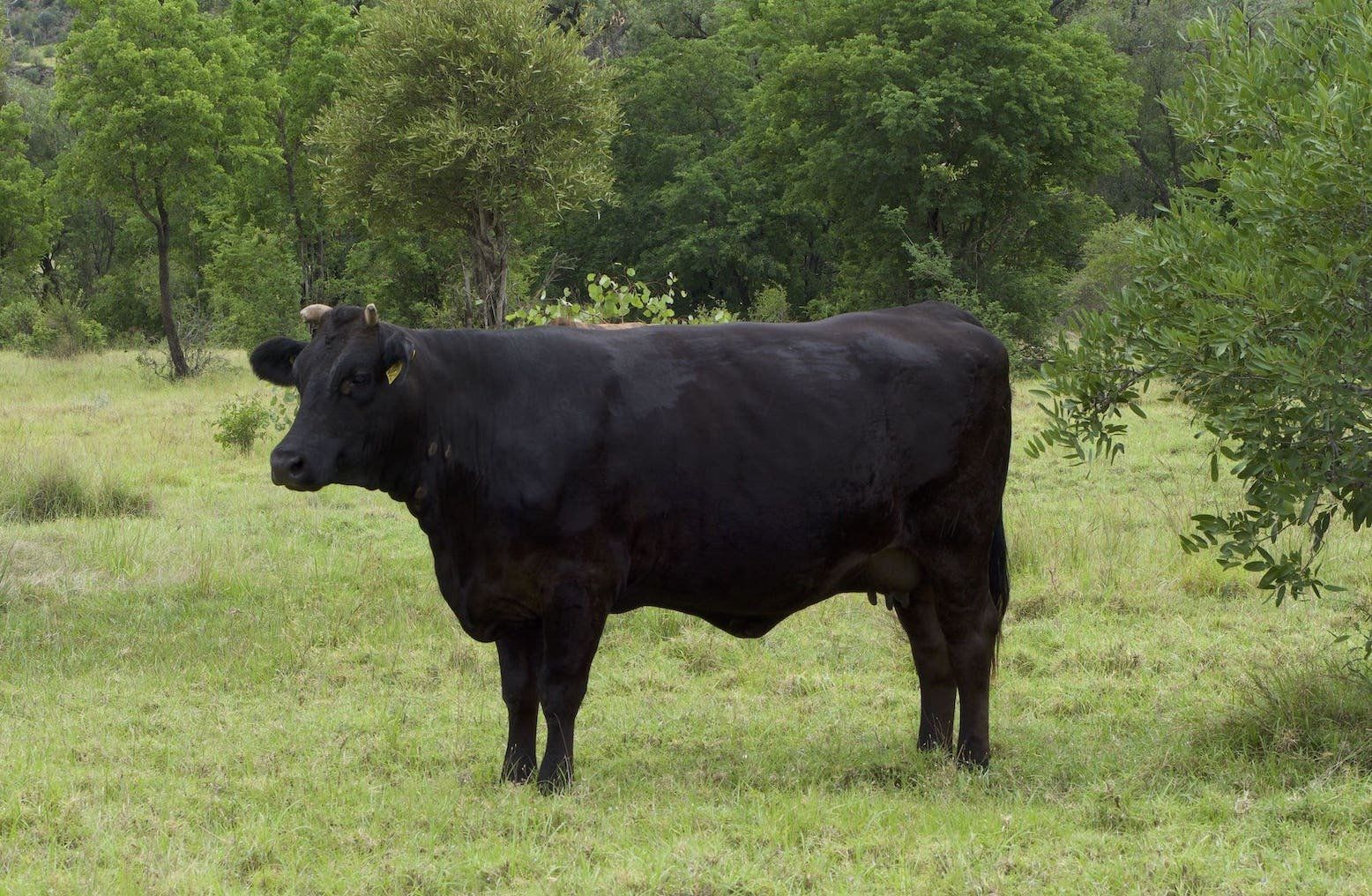
"A recipient animal from one of our recent embryo flush and transfer programs earlier this year – chosen based upon her previous calving history, structural soundness, milk and fertility."
Traditionally we have used all kinds of Wagyu content animals as recipients, crossbreds have not necessarily been the obvious recipient choice. If there is an animal failing to provide sufficient carcass data, but continues to grow a healthy animal, then we can add value to that cow by planting an embryo in them and having them grow a more genetically valuable calf. With the crossbred animals we run, some of them are more valuable to us as donors or AI animals than as ET recipients. It comes down to an analysis of each possible recipient and deciding where they can be most profitable in the herd.
The success of a recipient in an embryo transfer program rearing a highly important calf to weaning, with a strong foundation to go on and perform is significant. Every time an embryo doesn’t take, or a recipient doesn’t rear a calf to its full genetic potential, costs a business thousands of dollars every year, as it is not just the loss of the embryo, but also the loss of the calf the recipient would have naturally conceived. With embryo transfer success rates coming down to the smallest of details, it pays to make the safest and most profitable decision for the business, and understand all the different recipient options before choosing them.
References
JR, G. E. (1984). Applications of Embryo Transfer and Related Technologies to Cattle . Animal Reproduction Laboratory, 2786-2796.
Lamb, C., & Mercadante, V. (2017, September 17). Selection and Management of the Embryo Recipient Herd for Embryo Transfer. Retrieved from Veterian Key : https://veteriankey.com/selection-and-management-of-the-embryo-recipient-herd-for-embryo-transfer/
Other Posts


